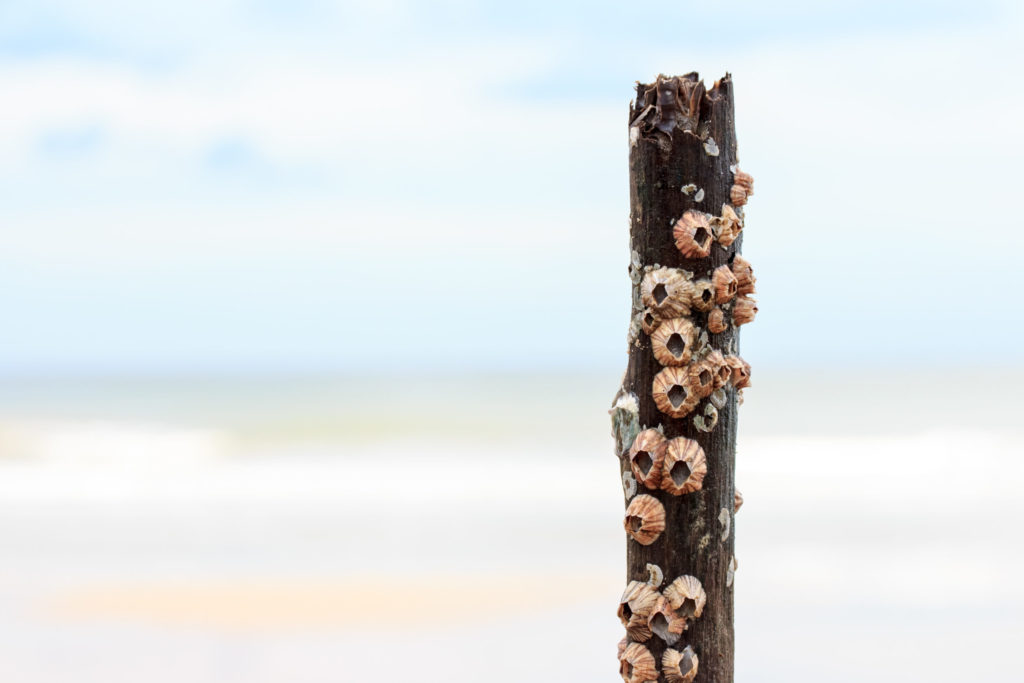“Barnacle-ing” our way to affordable housing?
Is part of our collective affordable housing solution found in replicating the dynamics of barnacles found on sides of ships? In a recent NextCity article, the idea was put forth.
To achieve the goals of increased density, increased affordability and the preservation of existing, older housing stock, Canadian urban designer and planner Patrick Condon in his recently published book Five Rules for Tomorrow’s Cities: Design in an Age of Urban Migration, Demographic Change, and a Disappearing Middle Class makes this recommendation.
Condon suggests that cities with older, larger housing stock can develop creative ways to allow for additions, attached accessory dwelling units and conversions of large, historic single family homes into multifamily units. Much like a barnacle, building owners would be able to, “attach pieces to the sides or top of an existing structure, as the need arises.”
These additions or conversions would be aided by the use of “smart” building code which recognizes that retrofits or renovations of old housing stock can be difficult to do if you must comply with code requirements for new construction. In New Jersey, for example, a separate building code standard has been established for renovations which has enabled more renovation and improvements to be done. Such a code environment, paired with more open zoning, could let building owners get to barnacle-ing.
Don’t want to miss a post? Sign up here to get the microblog delivered directly to your inbox every Thursday.
